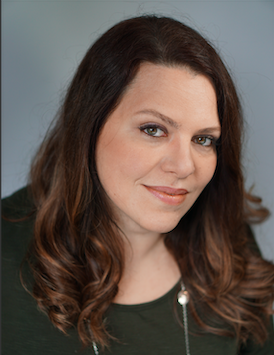5 Ways COVID-19 Reshapes the Secondary Home Market
COVID-19 is reshaping the current secondary home market, generating stronger price appreciation of vacation homes and secondary residences compared to urban markets.
In the first half of 2020, COVID-19 forced us to re-assess our housing and living situation. Due to pandemic-related inputs, stronger demand in secondary home areas compared to urban areas is evident.
In all major parts of the country, vacation and rental home markets performed worse during the housing market recovery years of 2012 to 2017 than they did during the housing market boom years of 2000 to 2006. But now, they are appreciating in price quicker than ever before due to increased demand.
The AEI housing market nowcast reported that nationally, urban core properties traditionally account for around 75% of all purchase rate locks. In the last four weeks, the urban core has experienced year-over-year growth of 26% compared to 36% for non-urban areas. What are the primary drivers of the shift?
Shifting sentiment around lifestyle choices
From a financial perspective, owning a secondary home doesn’t make much sense. Historically, secondary homes rarely appreciated in value due to the lack of employment centers and growing economy nearby. Moreover, both federal and state courts have been upholding bans on short-term rentals, making it harder for owners to buy and manage rental properties in remote markets. Today, the coronavirus is reshaping the way people view the attractiveness of living or investing in secondary home markets.
Buying a vacation home is a lifestyle upgrade for people who have been sheltering in place and craving a change of scenery for months. It’s also an investment in emotional well-being. To boot, our new reality makes many of the challenges and disadvantages of owning a vacation home disappear. Here are 5 reasons more people are buying secondary homes.
1. Money to cover initial purchase costs
At the moment, many families have more cash on hand. Coronavirus imposed “forced savings” on households by taking away the opportunity to go out and spend. Savings from canceled gym memberships, fewer clothing expenses, and less travel and leisure can now go toward a downpayment.
2. Inexpensive mortgage payments
In general, vacation home mortgage rates are higher than for primary residences but only slightly higher. Usually a secondary home mortgage will run about 0.5% to 0.75% above the rate you’d qualify for on a primary residence. However, with mortgage rates at an all-time low, this increase is negligible. Accordingly, purchase demand activity is up over 20% from a year ago.
3. Increased flexibility
Traditionally, having a secondary residence was a big inconvenience. It was easy to think you might underutilize the property, and it wouldn’t be worth the investment. Today, as millions of Americans are working from home and businesses are more accepting of remote work, this is no longer an issue. In fact, the possibility of working from home at the beach or in the mountains is an emotional incentive.
4. Redefined time and distance
Secondary homes are typically located hours away. The rush to get there with the time it takes to load up the car, sit in traffic, and deal with cranky kids is not worth the 36 hours of “relaxation.” The new trend of working from home changes the way we prioritize time. Being able to go back and forth on a different schedule, prolongs time spent by the firepit, nature hikes, and fishing, making the experience more enjoyable.
5. Maintenance costs
These can be much lower when you have the time to do them yourself. Because you’re visiting the property more often, you’ll spot and address arising issues as they come up. You’ll also have a lot more opportunities to find good help.
First-time homebuyers expanding their search
Another potential reason behind the shift to more rural areas is that many first-time homebuyers are looking outside urban areas. Traditionally, first-time homebuyers wanted to be close to big job markets. Now, due to the factors discussed above, they are seeing great opportunities for value in secondary home markets.
Part of this move is behaviorally driven. When it comes to social distancing, a new trend is to re-evaluate the city lifestyle and trade it for more rural living. As year-over-year rents soften in larger metros while median home prices remain strong, it may lead more first-time homebuyers to purchase their first home as a second home.
This makes a lot of sense in some of the higher-priced metros where the median sales price is above the FHA loan limit. The downpayment on a vacation home is 10 times smaller than a downpayment on the primary home. Starting with a second home can be a reasonable choice for many young urban professionals.
Ready to Get Started?
Sell as-is. Pay zero fees to Sundae. Move on your time. No repairs, cleanings, or showings.
